One of the things I do when I’m not listening to podcasts is host literary events. These are usually storytelling events, where the performers range from mumbly to clear and mid-toned, and slam poetry events, where the performers range from whsipery to screamy. There’s only so much sound board management one can do while also hosting, assembling judges, tending to your performers, timing performances, and managing your audience. That’s why, before each event begins, I give an example of how the mic sounds when used in different ways.
“This is what it sounds like if you whisper,” I say, placing myself closer to the mic. “If you like to be really quiet, really chill, you’re going to want to be closer to the mic so we can hear you. Up this close, though, your S’sssssssssss will sound like thissssssss, and your P’s will sound like this: puh, puh, puh.” I take a few steps away from the mic and say, “But if you have a LOT OF EMOTION, and you WANT TO YELL A LOT TO GET YOUR POINT ACROSS, this is what you will SOUND LIKE! So probably STEP AWAY FROM THE MIC A LITTLE BIT!” I take a stop closer to the mic, enough so that my mouth is about one fist away from the mic. “Here’s probably how most of you will sound,” I say, speaking at a normal speaking volume now. “But because you’re still closer to the mic, maybe try to aim it just below your mouth so that your S’s sound like thissss and your P’s sound like this: puh, puh, puh.”
It seems like a very, very basic thing to do before performers, some of whom might be using a mic for the first time, get up to perform. I’m going to guess most people didn’t even read that paragraph because it’s so self-explanatory. Still, time after time, I attend an event where this doesn’t happen. When the performers start performing–whether it’s another literary event, an open mic night, anything–nine times out of ten, they’re going to sound bad, and the audience’s enthusiasm is going to deflate. I’ve seen audiences getting excited by a bad performance because at least it didn’t hurt their ears. I’ve seen audiences squirm uncomfortably while they try to signal to the host that they can’t hear the performer, but they don’t know how to communicate the problem without interrupting the performer. I’ve seen audiences jump and then cower as a performer shouts directly into the mic, cringing when a plosive or sibilant is hit.

The same, of course, goes for podcasts. While most network shows sound clear and crisp, so many indie shows suffer from actors and performers who make terrible mouth noises. I often have to prepare myself before diving into a show that it might have hissy sibilicance, popping plosives, and even the dreaded dry mouth clicks. It isn’t the performers’ fault; everyone has a mouth, and mouths are inherently gross as hell. Making awful noises is what they do best. It’s a problem, instead, in the actual audio production, from the moment the take starts rolling to the moment post-production ends.
So, how do you make sure your podcast doesn’t grate on the listener’s ears (other than, obviously, making sure you have decent mics)? There are a few different ways, but some of them will always produce better-sounding content than others.

1. Do a proper mic check.
A mic check shouldn’t ever just be a test that the mic is functioning. It shouldn’t even be to check the ambient noise (but obviously, you’ll also want to make sure that no traffic noises, air conditioners, washer and dryers, etc. are being picked up in your cut). Your mic check absolutely needs to include a quick survey of how your performer sounds.
The first important part of this is to make sure you listen to the mic check on good headphones. Most of your listeners are going to be hearing your show on headphones, some of which could be extremely nice, and headphones pick up sounds differently than hearing someone in-person. Listen at different volumes, too; the sounds will register differently depending on how loudly or softly they’re played.
The second part of this is to make sure your mic check actually contains a test-run of the content you’re recording. Do not just have your performer say “Mic check” or “Mic check, 1-2-1-2.” If your podcast is an audio drama, run through a few takes of lines that require different levels of emotion or volume. If your podcast is nonfiction or unscripted, ask the performer to talk about something innocuous–something like what they had for breakfast or lunch usually works well.
The third part of this is making sure you’re listening for the right things:
- First off, don’t listen to the content. The content in your mic check is not important at all. Don’t get distracted by the words the performer is saying. Make sure you’re just listening to the sounds your performer is making.
- Does your performer have harsh, hissing S noises that are painful to hear on headphones? These are instances of sibilance, which are hard to hear for if you’re just listening in-person. Take note of these when you think about how to place the mic, which is discussed in the next method of making your content sound better.
- Does your performer have poppy, loud, jarring P or B noises? These are instances of plosives, which follow all of the same guidance and notes as sibilance.
- Does your performer have inconsistent volume as they speak into the mic? This could be caused by a performer moving around as they speak, which is something emotive performances might necessitate. Take note of these moments, which you’ll need to fix in post.
- Does your performer make weird clicking noises that are borderline inaudible in person, but distracting and kinda gross over headphones? Give your performer some water. They’re probably a little dehydrated, making their mouth sticky and clicky.
- Does your performer make moist spit noises that are even grosser than the clicking noises? Probably their mouth is either really sticky or overly hydrated. Give them some water first; then, have them eat some bread or something else that will dry out their mouth a little.

2. Position your mic properly for your performer.
Unless you’re part of a specifically radio-based network like NPR or WNYC, there’s a good chance you never got a good 101 on mic usage. Using a mic seems simple enough; “talk into the mic part” is pretty self-explanatory. The problem is that “talk into mic part” isn’t just incomplete advice, it’s often bad advice. Speaking directly into a mic, positioned right at your mouth, is likely to result in plosives and/or sibilance. Instead, try some alternative positions for your mic:
- Above the mouth: Mics hanging down, positioned just above the mouth, has always produced the best sound in my experience–but I’ve also had the luxury of recording in pretty nice sound booths that already had hanging mics. Overhead mics not only avoid most terrible mouth noises, but they’re also a position that most performers are comfortable with. The image of a hanging mic is classic and understood, while other positions might make performers subconsciously move to put the mic in front of their mouths, because that’s what’s familiar to them. If you have this capability, use it. If you can MacGyver an above-the-mouth mic setup, go for it as long as you’re confident in your construction.
- Below the mouth: If you aim a mic up towards a performer’s mouth but stop short, positioning the tip of the mic closer to the chin, you’re likely going to avoid most plosives and sibilance. Make sure you let the performer know it should remain at chin-level, though; performers might subconsciously slouch to have the mic in front of their mouth, because that’s what’s seen in most movies, TV shows, etc.
- To the side: Positioning a mic just to the side of a performer’s mouth is something that has been recommended to me, but I have never tried this tactic. I can’t imagine that performers won’t move or be distracted by the mic placement, even if just initially. I also imagine that if you have a performer who moves around a bit while recording, this setup just wouldn’t work at all. Still, though, I can see this making sense if your performer adjusts easily and remains more or less stationary.
- Always make sure your mic is the right distance away, too. If the mic is too close to the performer, their levels might peak, which will add a crunchy, unclear quality to the cut, and there will be little you can do to fix it. If the mic is too far away, you’ll have to blow up the levels in order to get the content to the right volume, which will also amp-up any ambient noise and still come out crunchy. A good rule of thumb is to have your performer about one hand away from the mic. If you need a super funny graphic to explain, this one from VoiceOverVoiceActor.com will do just fine.

3. Talk to your director and/or performer.
Lots of indie podcasts are small, small teams. The people who record and edit might be the same people who perform and direct. If this is the case, first off, I’d recommend having someone else listen to your mic checks and finals cuts. Second, I’d recommend being really self-aware when you listen to yourself.
If you have the luxury of having a crew for your podcast, though, there’s a good chance that your performers and directors don’t realize there are going to be problems in the recording. Most performers and directors are going to care more about making sure the performance is emotive and dynamic. They’re not going to realize that all of that shouting, all of that getting close up to the mic, all of that running around the room while they perform is going to affect the audio. Even worse, a lot of performers and directors might not realize that basic audio quality is just as important as performance when making a professional-sounding podcast. Even if listeners care more about performance, they are going to notice audio quality, and it is going to make your show come across as amateur.
Point out, delicately, that there are going to be issues in the finished product. If you’re directing, make sure to give your performer the right notes to keep their performance level high but save your audio. Try making sure that your actors are focusing on projecting instead of shouting. If you’re not the director, make sure they know how important audio quality is.
At the end of the day, remember that your name is going to be on the product. Make sure that you’re collaborating in a way that makes you, as a producer and/or editor, proud of your work.

4. If all else fails, fix it in post.
When I did audio editing, I was almost entirely self-taught. This means that when I had to fix these problems in post, I’d fix them all manually–and I had to figure out how to fix them. This was painstakingly slow, painfully monotonous, and has ruined both listening to recordings and also listening to just normal human speech.
Don’t be like me. Learn to do things the smart way. There are so many processes that automate this, and there are so many guides that can help you.
A quick google search for “how to fix plosives,” “how to edit out plosives,” “how to fix sibilance,” “how to fix popping sounds in audio,” “how to fix clicking sounds in audio,” or “how to fix mouth clicks in audio” all genuinely turn up results. I’ve always been more of a visual learner, and luckily, YouTube has tons of resources as well.
Understand, though, that if you don’t record high-quality audio, there’s really only so much that editing can do. If these problems aren’t handled early-on, it also means you’re probably going to be dealing with poor quality raw material for as long as you work on the show.
As a note, always make sure to normalize your audio tracks, and then your final cut as well. This will be covered in a later Podcast Problems post, but you don’t want to be bursting any eardrums with your finished product.
Always remember that clean audio is just as important as the show’s content being good. Focusing on audio production is something most podcasts slack on, and it absolutely shows. While most dedicated podcast listeners are going to stick through some ugly audio, most people new to the medium will not. I would argue that most people who don’t already love podcasts don’t get hooked by indie shows simply because they “sound bad.”
Let me know if the comments if you have any additional sound pet peeves or tips for podcasters! I’d love to hear any advice others might have for producing better, cleaner audio.


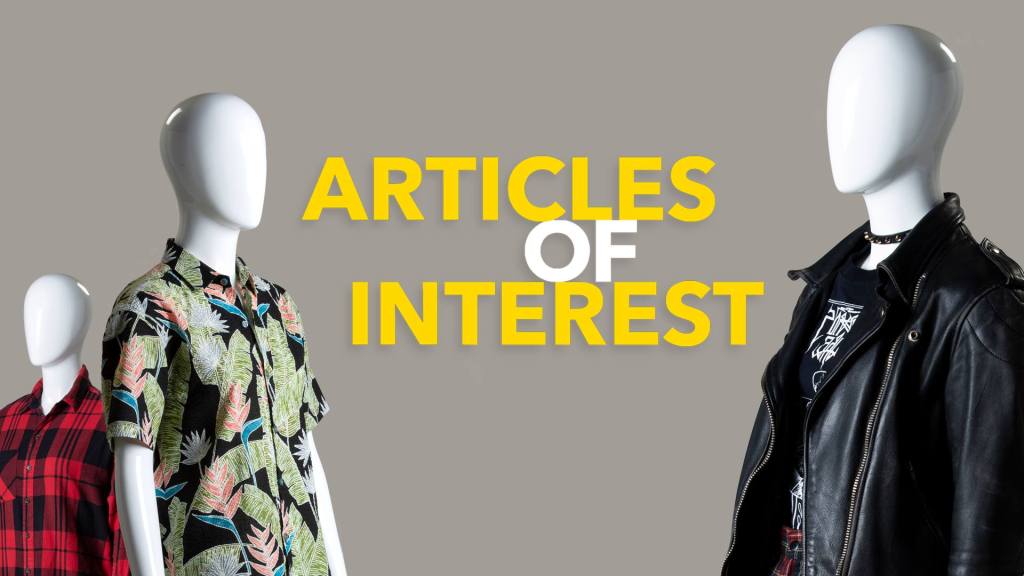
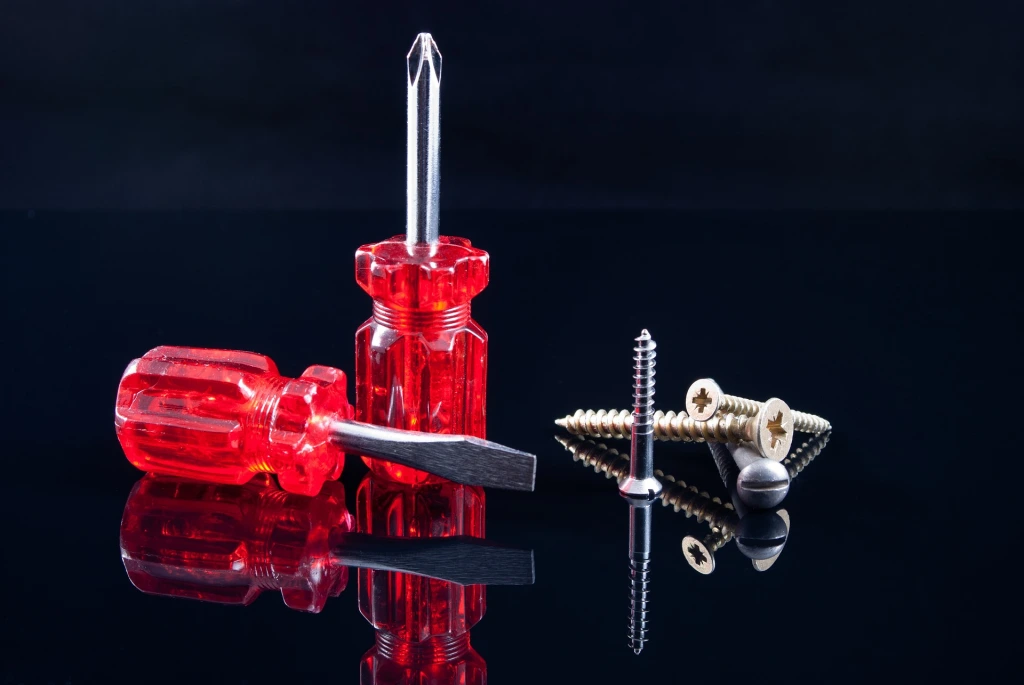
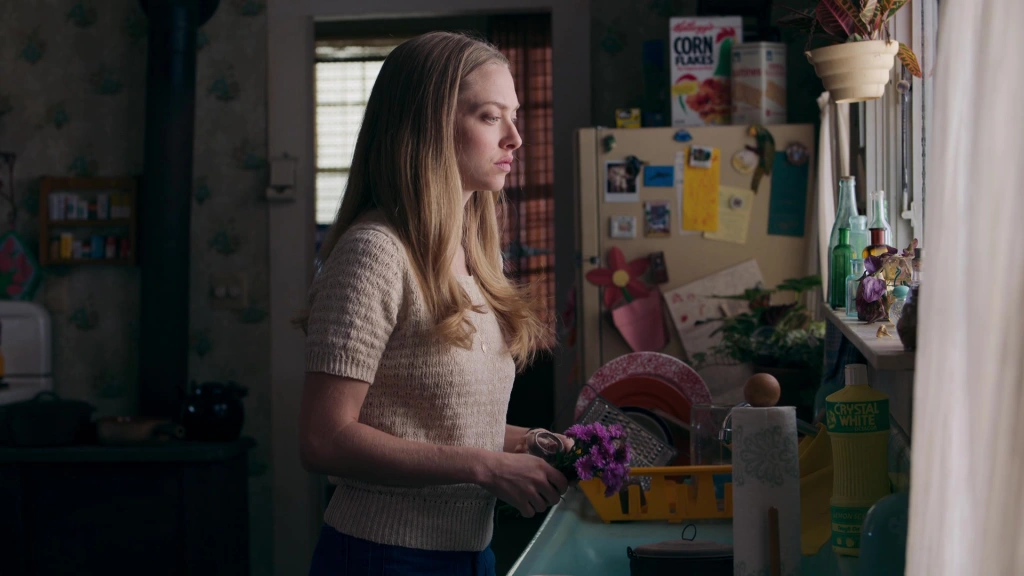
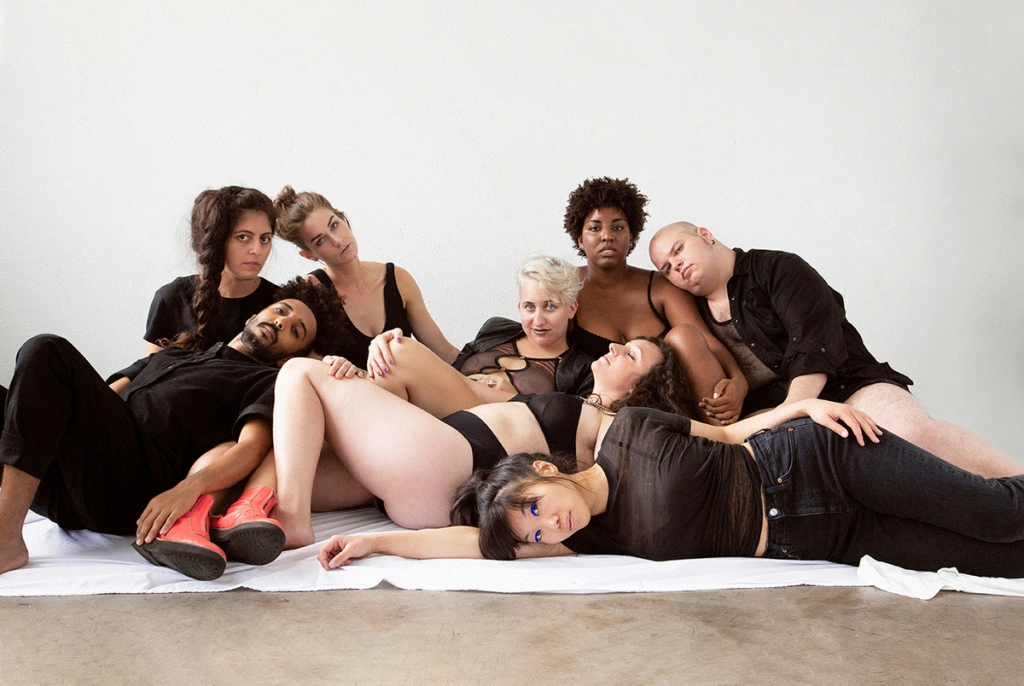
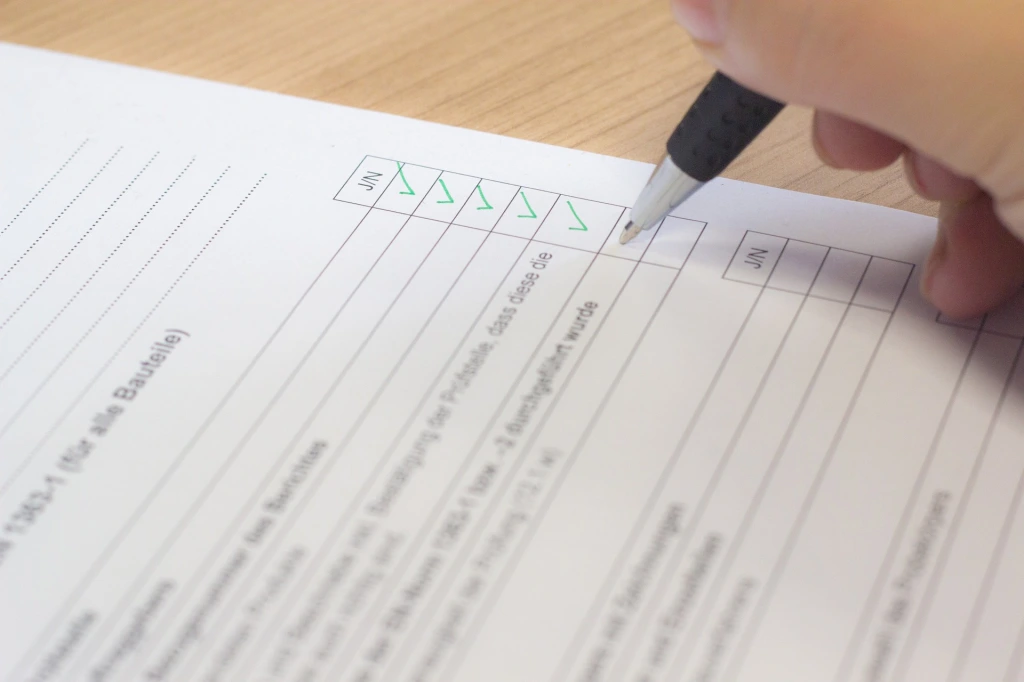
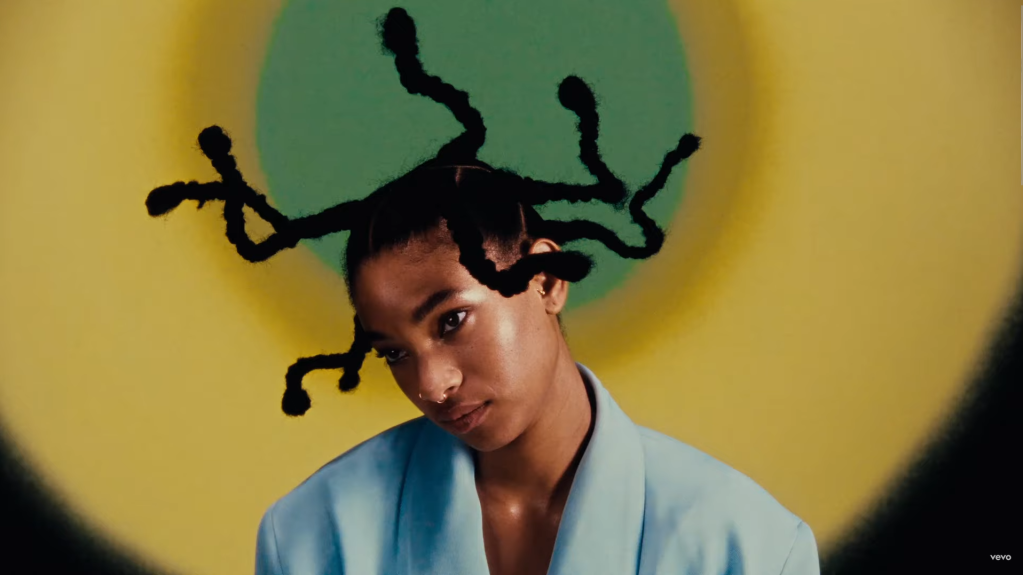
Leave a comment